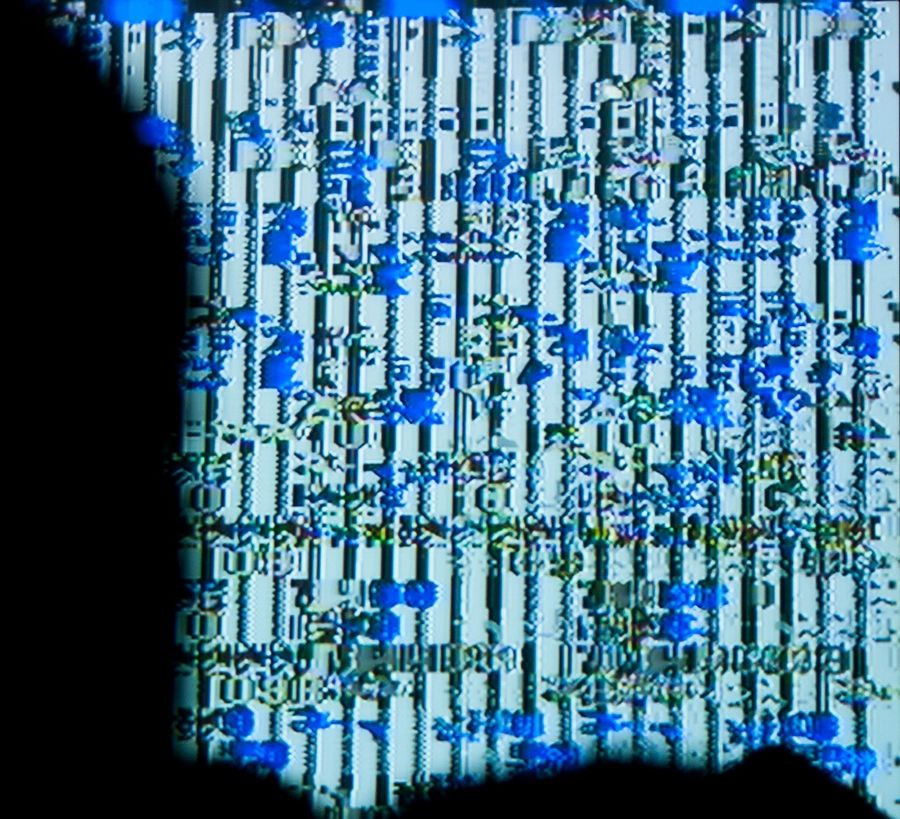Sep 20, 2016
Quantum teleportation was just achieved over more than 7 km of city fibre
Posted by Dan Kummer in categories: cybercrime/malcode, particle physics, quantum physics
Quantum teleportation just moved out of the lab and into the real world, with two independent teams of scientists successfully sending quantum information across several kilometres of optical fibre networks in Calgary, Canada, and Hefei, China.
The experiments show that not only is quantum teleportation very much real, it’s also feasible technology that could one day help us build unhackable quantum communication systems that stretch across cities and maybe even continents.
Quantum teleportation relies on a strange phenomenon called quantum entanglement. Basically, quantum entanglement means that two particles are inextricably linked, so that measuring the state of one immediately affects the state of the other, no matter how far apart the two are — which led Einstein to call entanglement “spooky action at a distance”.
Continue reading “Quantum teleportation was just achieved over more than 7 km of city fibre” »
















